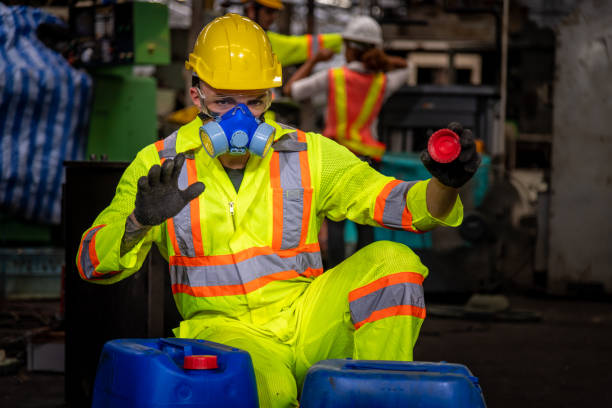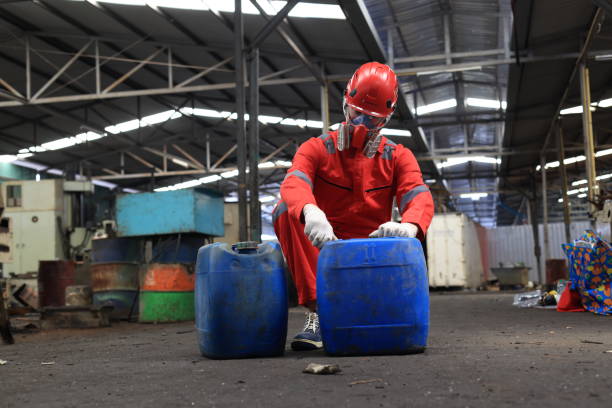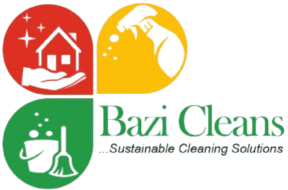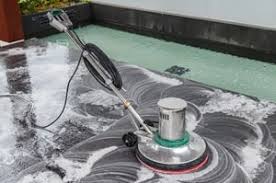Introduction
Construction projects, whether large-scale commercial developments or small home renovations, generate vast amounts of debris and waste materials. Among these materials, some can be hazardous to health and the environment. Proper handling, disposal, and recycling of construction debris and hazardous materials are critical to ensuring worker safety, regulatory compliance, and environmental sustainability.
This comprehensive guide will provide practical steps to safely manage construction debris and hazardous materials, covering identification, handling procedures, disposal methods, and best practices.
Understanding Construction Debris and Hazardous Materials
Types of Construction Debris
Construction waste consists of various materials, including:
- Wood (treated and untreated)
- Concrete, bricks, and asphalt
- Drywall and plaster
- Metals (steel, aluminum, copper, etc.)
- Glass
- Plastics
- Insulation materials
Common Hazardous Materials in Construction
Hazardous materials often found in construction waste include:
- Asbestos (found in older buildings in insulation, flooring, and roofing materials)
- Lead-based paint (common in homes built before 1978)
- Mercury (found in fluorescent bulbs and older thermostats)
- PCBs (Polychlorinated Biphenyls) (used in electrical equipment, banned but still present in older structures)
- Solvents and adhesives (can emit toxic fumes)
- Treated wood (may contain chemicals like arsenic or creosote)
- Silica dust (generated from cutting concrete, brick, or stone)
Understanding the composition of your construction debris is essential for ensuring proper handling and disposal.
Safety Precautions for Handling Construction Debris
1. Conduct a Site Assessment
Before starting any construction project, conduct a thorough assessment of potential hazardous materials. Identify materials that require special handling and plan accordingly.
2. Wear Proper Personal Protective Equipment (PPE)
Wearing appropriate PPE is crucial when handling construction debris. Depending on the materials present, PPE may include:
- Safety gloves (cut-resistant, chemical-resistant)
- Safety goggles or face shields
- Respirators (especially for dust, mold, or asbestos exposure)
- Steel-toe boots
- Hard hats
- High-visibility vests
3. Follow Safe Lifting Practices
Many construction materials are heavy and pose a risk of injury. Follow these lifting best practices:
- Lift with your legs, not your back.
- Get help when moving heavy materials.
- Use carts, wheelbarrows, or forklifts when possible.

4. Minimize Dust and Airborne Contaminants
Construction activities often generate dust that can be harmful when inhaled. To minimize dust:
- Use water sprays when cutting or demolishing materials.
- Utilize HEPA-filtered vacuums for cleanup.
- Wear respirators when necessary.
- Keep work areas well-ventilated.
5. Separate and Contain Hazardous Waste
Never mix hazardous waste with general construction debris. Use labeled containers for hazardous materials and follow local regulations for disposal.
Proper Disposal Methods for Construction Waste and Hazardous Materials
1. Recycling Construction Debris
Many construction materials can be recycled, reducing landfill waste and environmental impact:
- Concrete and asphalt can be crushed and reused for road base.
- Metals can be melted down and repurposed.
- Wood can be reclaimed or turned into mulch.
- Drywall can be recycled into new gypsum board or soil additives.
- Glass and plastics can often be reprocessed for other uses.
2. Handling Asbestos
Asbestos-containing materials require extreme caution:
- Do not disturb asbestos unless you are a trained professional.
- Hire licensed abatement contractors for safe removal.
- Seal contaminated materials in approved leak-proof containers.
- Dispose of asbestos waste at designated facilities.
3. Lead-Based Paint and Lead Contaminants
- Follow EPA’s Renovation, Repair, and Painting (RRP) Rule for handling lead-based paint.
- Use HEPA vacuums to clean up dust.
- Properly seal and dispose of lead-contaminated materials according to local regulations.
4. Mercury-Containing Waste
- Carefully remove and recycle fluorescent bulbs.
- Take thermostats to hazardous waste facilities.
5. Safe Disposal of Solvents, Adhesives, and Paints
- Do not pour chemicals down the drain.
- Store in approved hazardous waste containers.
- Dispose of at designated collection sites.
Best Practices for Managing Construction Debris and Hazardous Materials
1. Implement a Waste Management Plan
Developing a construction waste management plan before starting a project ensures compliance and efficiency. Key components include:
- Identifying waste materials before work begins.
- Establishing designated disposal and recycling areas.
- Training workers on waste sorting and handling procedures.
2. Train Workers on Proper Handling Procedures
All workers should receive proper training on how to identify, handle, and dispose of hazardous materials safely.

3. Partner with Licensed Waste Disposal Services
Using licensed waste disposal and recycling services ensures compliance with environmental regulations and reduces liability.
4. Keep Accurate Records
Maintain documentation of hazardous waste disposal, including manifests and receipts, to demonstrate compliance with regulations.
5. Reduce Waste at the Source
Minimize waste generation by:
- Ordering only the necessary amount of materials.
- Using prefabricated materials to reduce on-site waste.
- Reusing materials when possible.
Regulatory Compliance and Legal Considerations
Handling construction debris and hazardous materials requires adherence to various regulations. Important agencies and regulations include:
- EPA (Environmental Protection Agency) – Regulates hazardous waste disposal and air quality standards.
- OSHA (Occupational Safety and Health Administration) – Establishes workplace safety standards for hazardous materials.
- RCRA (Resource Conservation and Recovery Act) – Governs hazardous waste management.
- Local and State Regulations – Always check local ordinances for additional waste management rules.
Failing to comply with these regulations can result in fines, project delays, and legal consequences.
Conclusion
Properly handling construction debris and hazardous materials is essential for worker safety, environmental protection, and regulatory compliance. By implementing best practices such as waste sorting, using protective gear, following disposal regulations, and training workers, construction professionals can create a safer and more sustainable worksite.
Taking the time to manage debris responsibly not only protects health but also promotes efficient waste management practices that benefit the community and the environment. Whether you’re a contractor, builder, or homeowner involved in construction, following these guidelines will ensure that your project remains safe, compliant, and environmentally friendly.

